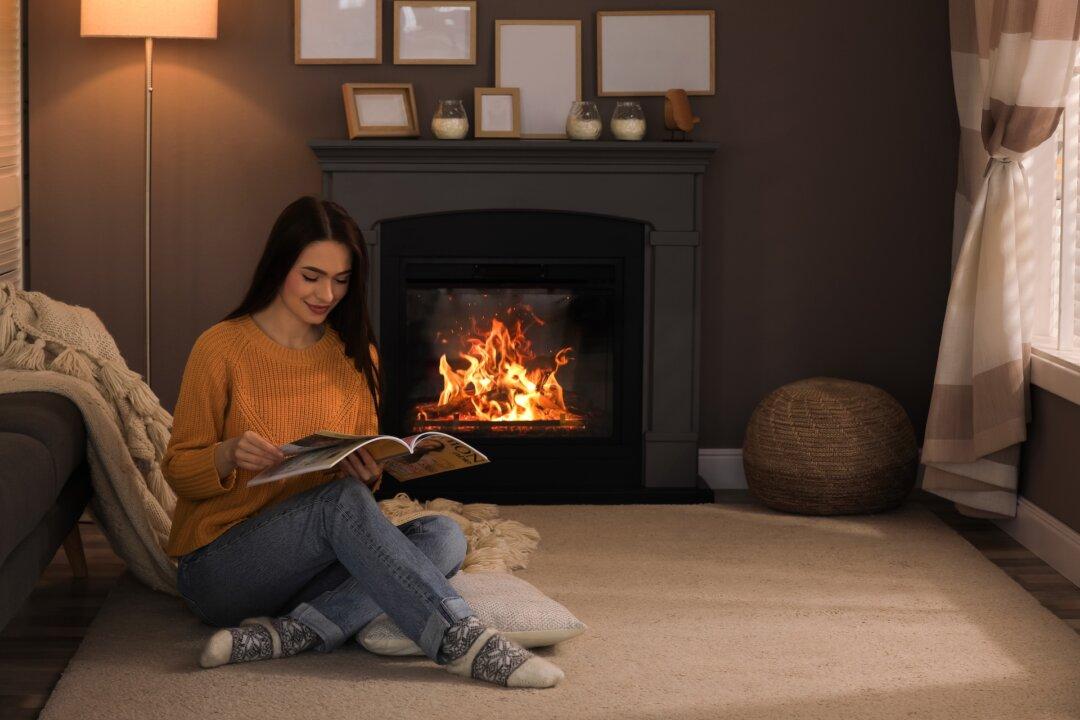One of the most important aspects of a good taping job is selecting the proper joint compound. Start out with a pre-mixed bucket of compound. This is more expensive than mixing your own, but it will have the proper amount of moisture. Once you get some experience, you can mix your own and save a few bucks.
A standard stiff six-inch-wide taping knife is used to apply the compound. Don’t try to scoop the compound out of the tub with the knife and apply it, as you will get too much or too little. Scoop it out with the knife and place a large quantity of compound on a plaster trowel. Scrape the knife clean on the side of the trowel and then scoop off the amount you need.
When taping the drywall joints in a room, the first step is always to do the flat seams and do them properly. If the flat seams come loose in a year or two, the loose tape will likely cause the tape in the corners to also come loose. The tape for the corners should overlap the tape for the flat seams.
For the flat seams, always start taping them from a corner. Spread a 1/8-inch-thick layer of joint compound along the joint. Place the drywall tape over this and bed it into the wet compound with a wide drywall knife. Hold the knife at a 45-degree angle from the wall as it is dragged along the tape and compound.
Now, you are ready to tackle the corners. Use paper joint tape because it is easier to crease than fiberglass-mesh tape. Just as you did on the flat joints, spread a thick layer of compound on each side of the corner. Cut the end of the tape at an angle so there are fewer layers where the corner meets the ceiling. The end at the floor can be cut straight across.
You will notice the paper tape has a natural crease at the center making it easier to fold it and keep it straight. Lay the folded tape in the corner against the compound and push it in every foot or so to hold it in place.
Using the knife, bed the paper tape into the compound, moving from the ceiling to the floor. You may have to tack the tape in place at the top so that it does not slide down as you drag the knife over it. Apply the compound and tape the same way across the ceiling-to-wall corners out from the vertical wall corner.
The next day, apply another layer of compound on just one side of each corner. The following day, apply a layer on the other side. This keeps it from getting too thick. Sand and finish the surface.






